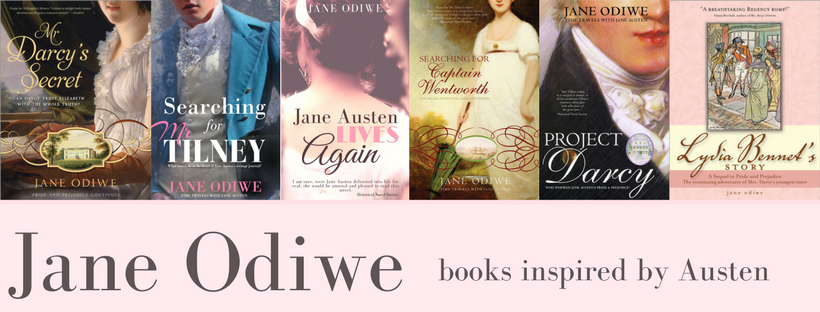The Rice Portrait Provenance by Mrs. Henry Rice - Lady Northbourne, née Gwenlian Rice 1871-1952, and Henry Edward Harcourt Rice 1864-1943
Lady Northbourne, née Gwenlian Rice 1871-1952
 |
| Jane Austen, the Rice Portrait |
Lady Northbourne, the eighth owner of the portrait gave the painting back to the main branch of the family, Henry Rice 1864-1943, her first cousin. Her father, Sir Ernest had considered giving it to the National Portrait Gallery, but eventually decided his cousin should have it, as he still lived in the large house, Dane Court, which had been bought by Edward Royd Rice and Elizabeth Austen on their marriage. (The then Henry Rice had owned a fast ship, the East Indiaman ‘Dutton’, which made three trips to India collecting a fortune in tea, silks, and spices.)
He had married ‘The Heiress of Dover’, Sarah Sampson, some say for a bet, and he was also known affectionately as ‘The Pirate’, again probably quite true! (She is mentioned in Jane Austen’s letters, as is their reprobate eldest son Henry, whose mother constantly paid his large debts.)
Gwenlian Northbourne stipulated that Jane should no longer hang over the fireplace, ‘as the smoke was spoiling her.’
She died in 1955.
Henry Edward Harcourt Rice 1864-1943
Left the portrait in 1928, the ninth owner of the picture did not hang it over a hot fire, and presided over an odd episode in its history. (All the following history can be checked in the files on the ‘Rice Portrait’ in the National Portrait Gallery.)
 |
| Admiral Rice and Henry Edward Harcourt Rice |
In 1930, the National Portrait Gallery was expanding their stock of pictures, and the public were agitating for an image of Jane Austen. Indeed, this was the N.P.G.'s priority at that time, as they did not possess one. They deputed a lady called Mrs. Graveson to find one, and she came across an old gentleman whom she described as a ‘delightful old Victorian’. This was one John Hubback, the grandson of Admiral Sir Francis Austen, Jane’s brother. This old chap was nearly 90, but in full possession of his faculties, and had lived in the same house as his grandfather when a boy, indeed, Admiral Sir Francis had taught him to play chess. (His father, the husband of the Admiral’s daughter went insane, and they both lived with his grandfather.) He told Mrs. Graveson that his cousins, the Rices, possessed the only portrait ever painted by a professional artist, e.g. Zoffany. Mr. Hubback visited Henry Rice, my Henry’s grandfather, but was told that although he had no intention of parting with the portrait, he had, however, consented to a copy of it being made for the National Portrait Gallery. This, the family has always considered is primary evidence that it is Jane, Mr. Hubback’s grandfather Admiral Sir Francis having been unlikely to tell a lie about his own sister.
Sir Henry Hake, Director of the National Portrait Gallery somewhat huffily declined the offer of a copy, saying that the ‘N.P.G. do not deal in fakes’ – but asked for first refusal should the picture ever be sold. They then acquired the tiny ‘scratch’ by Cassandra Austen, and at this time announced in the Times that they possessed the only portrait of Jane that could be authenticated, which the Rice family felt to be an unnecessary crack at them, as they had a perfect right to keep their Great-Great-Aunt Jane if they wished to.
The Rice portrait remained quietly at Dane Court until inherited by my Henry’s father, Edward Rice, in 1943.
